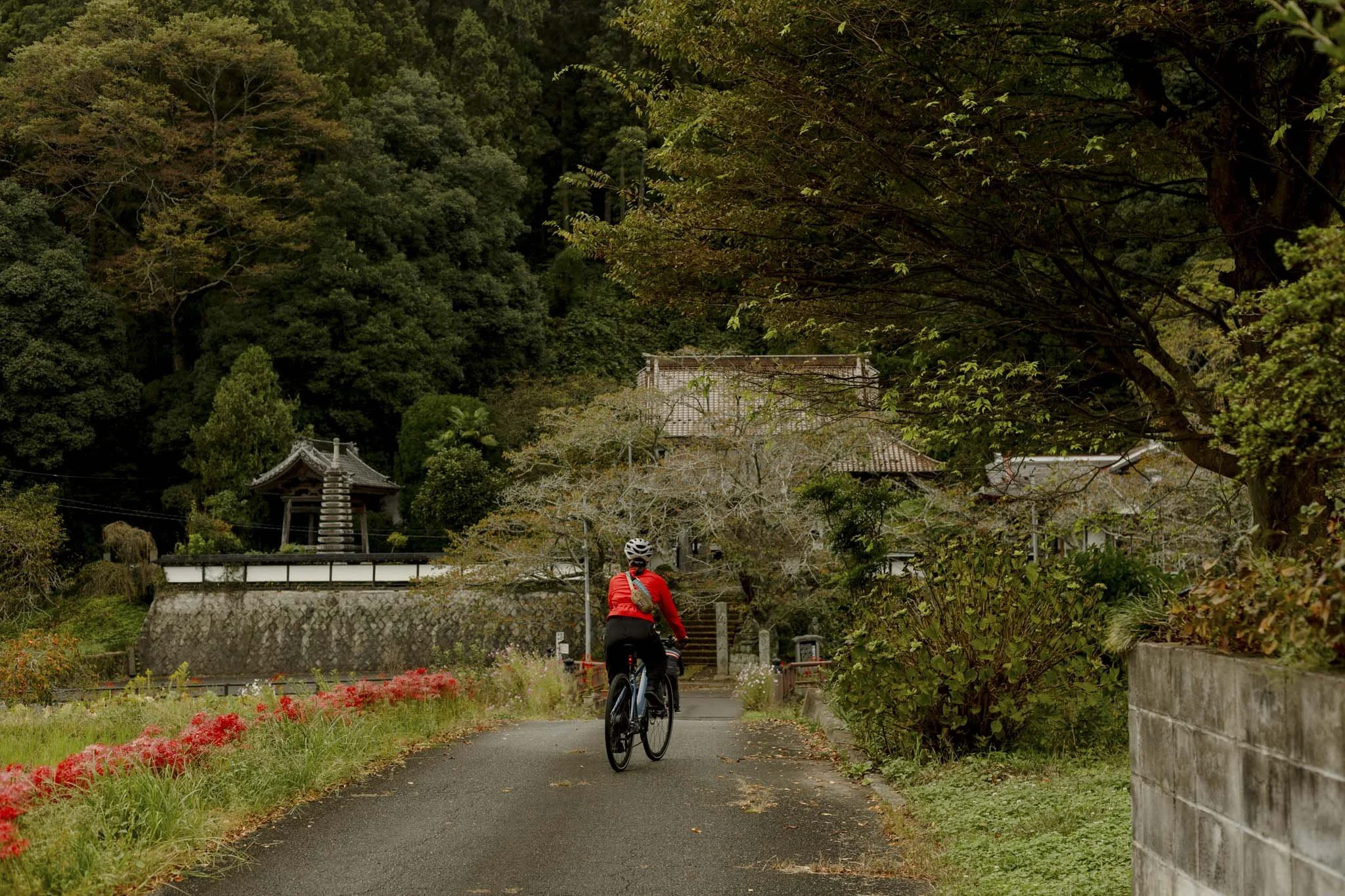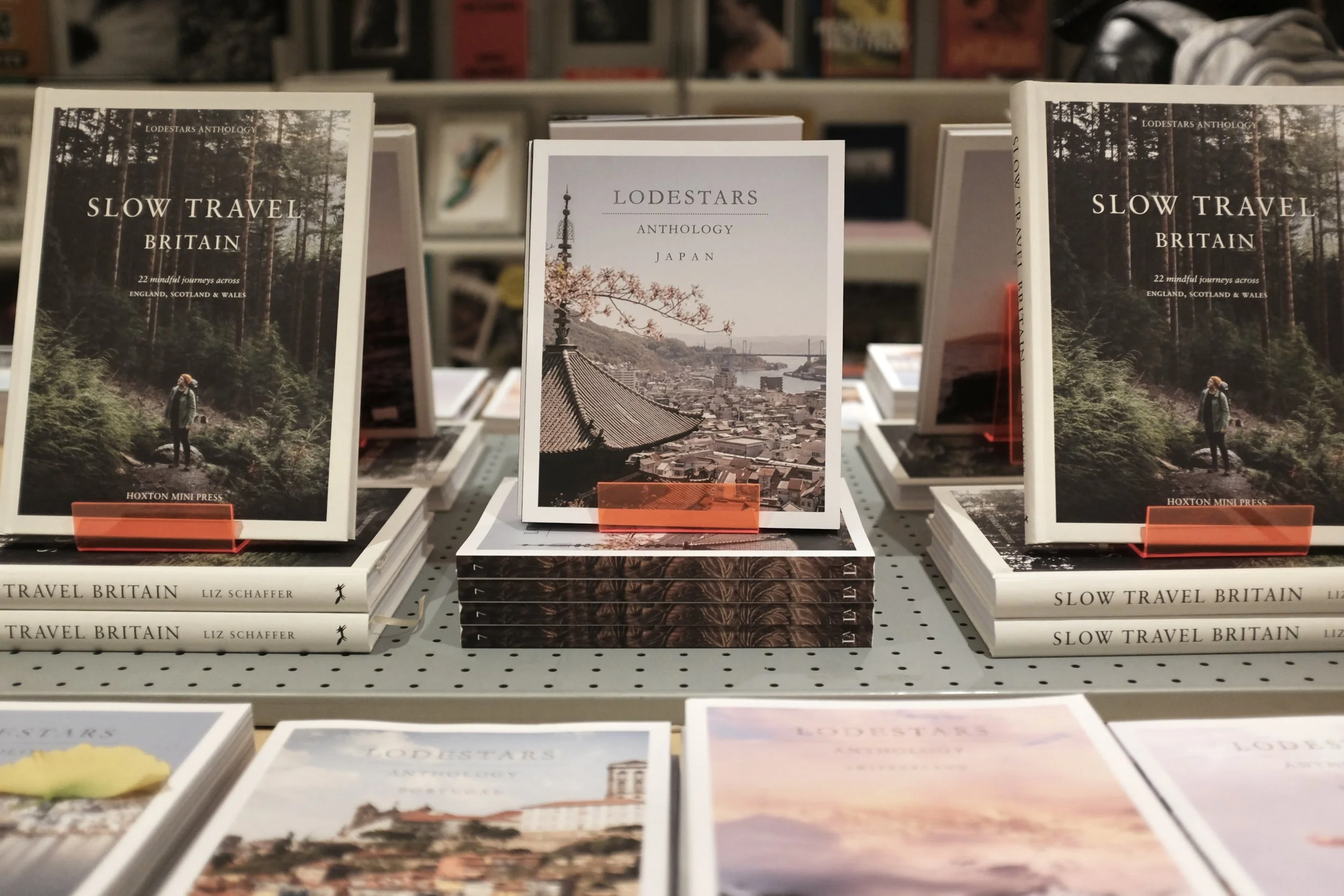Nasu - Undiscovered Japan
Exploring Nasu’s temples, art, bike trails and mountain paths
Journal
The Lodestars Anthology Journal is a space for us to share featured articles from the magazines, additional content that we couldn’t squeeze into the printed issues, and some specially commissioned online articles too.
Featured































A book-lovers guide to Bali.